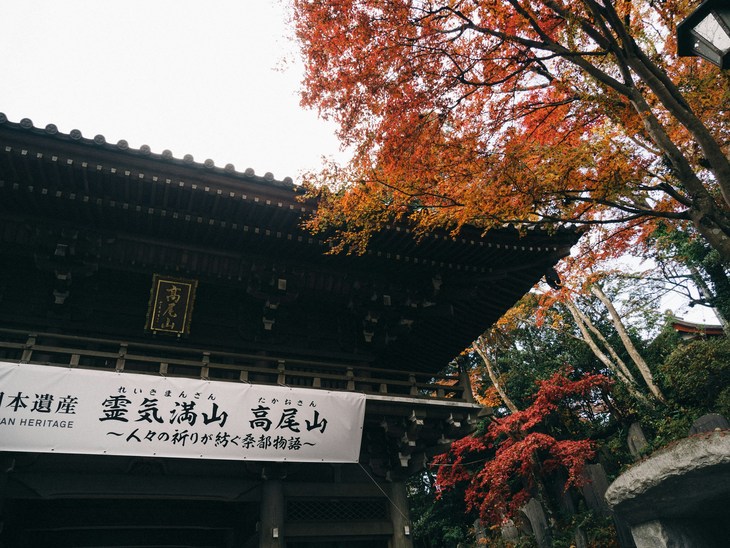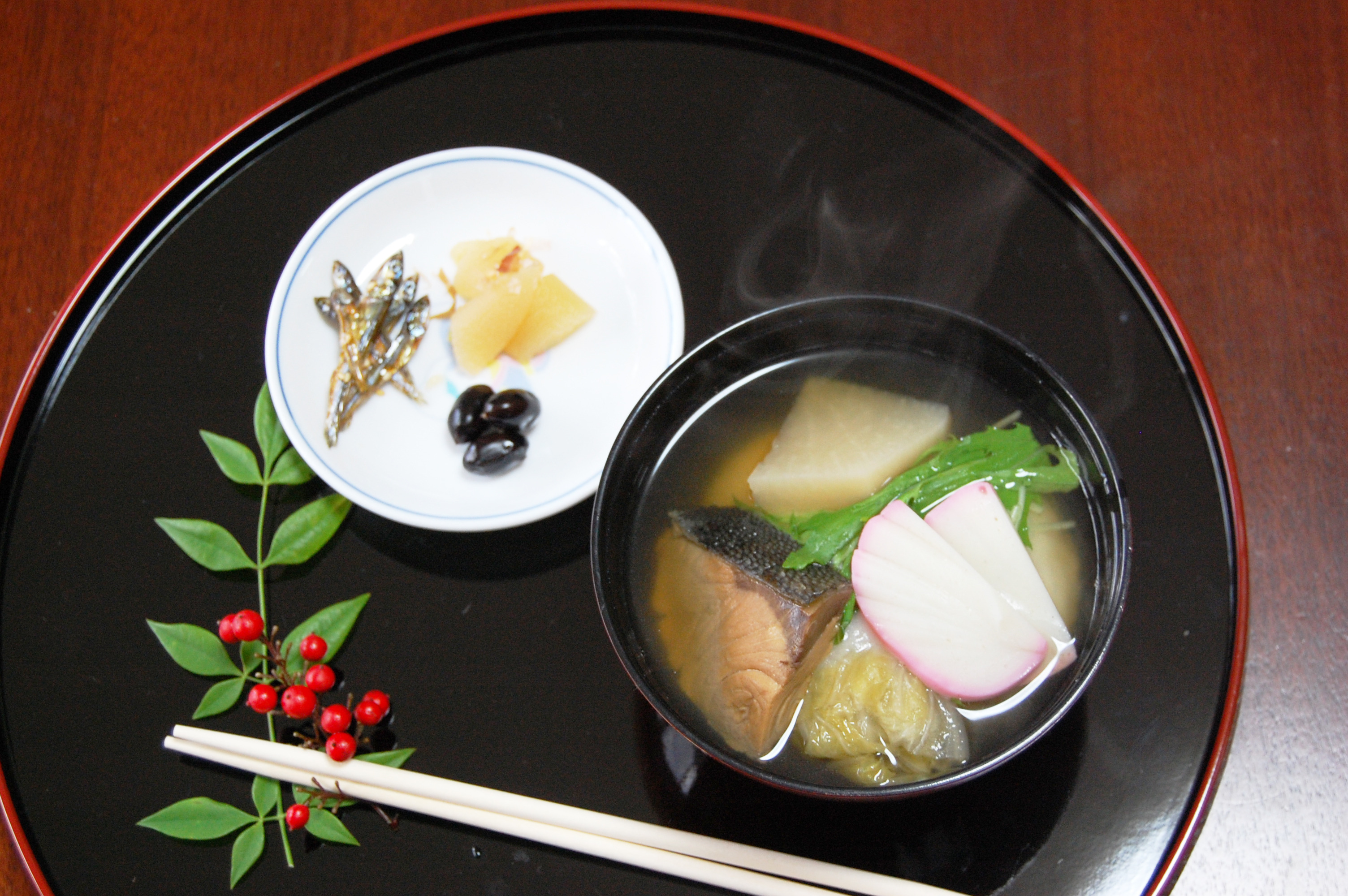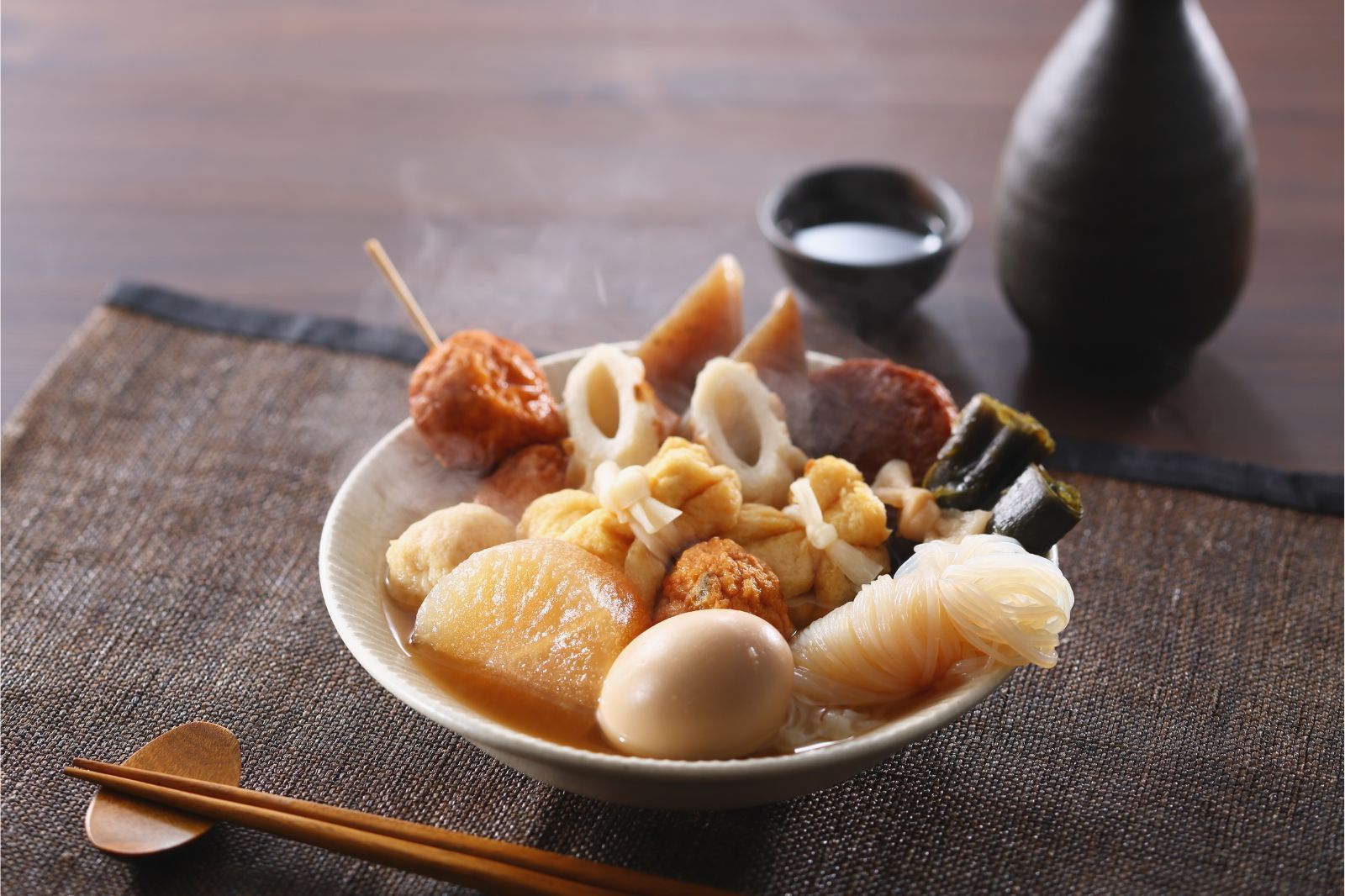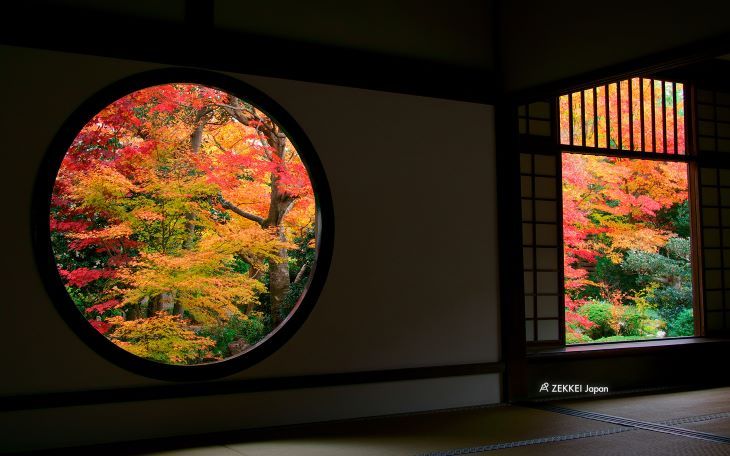October Weather in Japan: Climate, Typhoons, and Health Tips
If you're in Japan during October, you're in luck. This month is one of the most comfortable times of the year. The intense summer heat is gone, humidity is lower, and autumn scenery is starting to appear. That said, October can still bring some surprises, from sudden cold snaps to late-season typhoons. Let's take a closer look at the climate, abnormal weather patterns, and health concerns you should be aware of during this great month in Japan.
Climate Features in October
・Mild Temperatures: Daytime temperatures usually range between 18°C and 25°C (64°F-77°F), with cooler nights dipping below 15°C (59°F). Southern regions like Kyushu and Okinawa may still feel warm early in the month, while northern areas begin to cool quickly.
・Crisp, Clear Skies: With humidity levels dropping, October skies are often sunny and blue. The drier air makes it a pleasant time for hiking, sightseeing, and other outdoor activities. Morning fog is common in valleys or near the coast.
・Changing Leaves: While peak autumn foliage comes in November, northern regions like Hokkaido and the Japanese Alps start to show beautiful colors in October.
・Less Rainfall: Rainfall decreases compared to summer, making October one of the drier months. Still, scattered showers are possible, especially if a typhoon passes by.
Common Abnormal Weather in October
・Late-Season Typhoons: Though typhoon season usually winds down by mid-to-late October, powerful storms can still hit. These bring heavy rain, flooding, and transport disruptions.
・Localized Torrential Rain: Known as guerrilla rainstorms (ゲリラ豪雨), these sudden bursts of heavy rain can cause flash floods in urban areas.
・Cold Snaps: Cold air from Siberia may occasionally push into northern Japan, creating sudden chills, especially in Tohoku and Hokkaido.
・Strong Winds: Even after a typhoon passes, strong gusts can remain and cause falling branches, damaged signs, or power outages.
・Dense Morning Fog: Cooler mornings plus lingering moisture can create heavy fog, reducing visibility in rural or mountain areas.
Things to Watch Out For
・Sudden Weather Changes: Layering is key, as days can swing from warm to chilly quickly.
・Seasonal Allergies: Autumn pollen from ragweed (ブタクサ) or mugwort (ヨモギ) can cause hay fever-like symptoms.
・Shorter Days: Sunset comes earlier in October, so plan hikes and sightseeing with daylight hours in mind.
Weather-Related Health Issues
The changing season can also affect your health in surprising ways. Here are some of them.
・Headaches and Migraines: Changes in air pressure from typhoons or weather fronts can trigger migraines.
・Joint Pain and Stiffness: Cooler, damp air may worsen arthritis or old injuries.
・Fatigue and Dizziness: Fluctuating temperatures can affect your body's balance and sleep quality.
・Mood Changes: Shorter daylight hours and cloudy days may affect mood and energy levels.
・Allergic Reactions: Pollen remains a common trigger for sneezing, itchy eyes, and congestion.
October in Japan is a month of comfortable weather, vibrant scenery, and the first signs of autumn's charm, but it also brings sudden weather shifts and seasonal health concerns. By preparing for these changes, you can fully enjoy the crisp skies, cooler nights, and beauty that make this season so special.


























